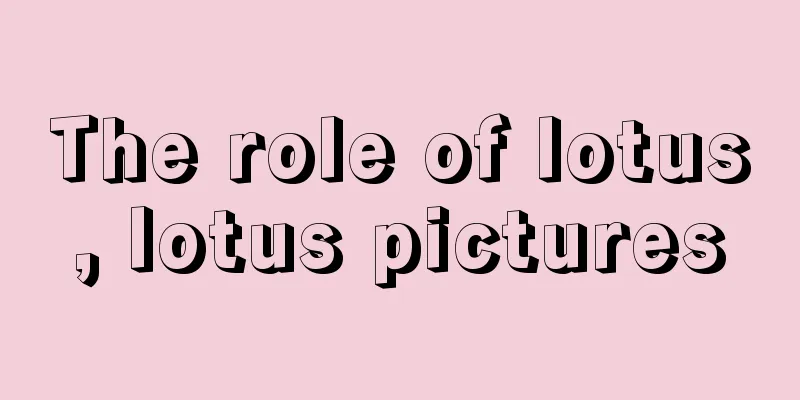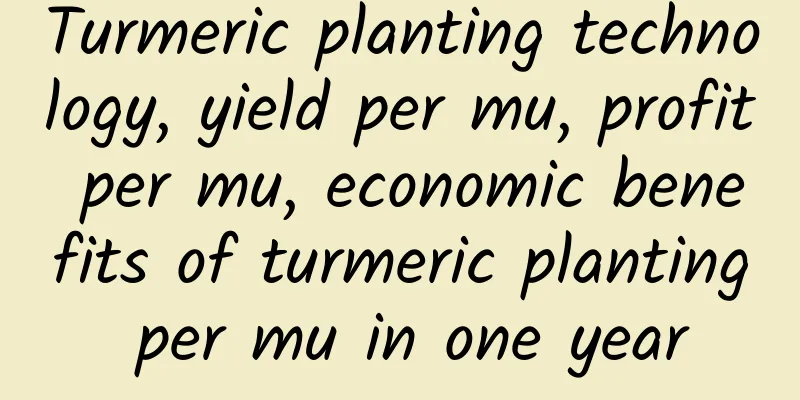Peanut cultivation technology and management

|
As a key oil crop , peanut is also considered a nutritious food due to its high protein content. In southern China, such as Guangdong and Jiangxi, spring is the main season for growing peanuts. In Jiangxi, the sowing time starts from mid-March to mid-April, based on the standard of stable temperature above 15℃ to ensure suitable conditions for open-field sowing. Although the cultivation technology of peanuts is relatively easy to master, achieving high yields requires careful management and technology. Let’s learn about peanut cultivation technology and management. 1. Variety selection Seed selection is crucial for peanut planting . Appropriate high-yield, high-resistant and high-quality varieties should be selected according to local conditions. If used for oil extraction, you should choose varieties with high oil content; if used for food, you should choose varieties with high yield. 2. Sowing Techniques Peanut planting should avoid continuous cropping and can be rotated with vegetables, autumn sesame, corn and other crops to prevent pests and diseases and increase yields. Before sowing, you can use pesticides to treat seeds, such as 40% rust·Fome double seed treatment suspension, 600g/L imidacloprid suspension seed coating agent, Bacillus subtilis, etc., as well as trace elements or rhizobia for seed dressing to enhance disease resistance. Since peanut seeds have a high oil content and are easily affected by moisture and rot, the soil should not be too wet from sowing to germination. It is advisable to sow in sunny weather or cover the ground with plastic film, and guide the seedlings out in time after germination. 3. Fertilization strategy Sufficient base fertilizer should be applied when planting peanuts, with organic fertilizer being given priority, with more than 2,000 kilograms of decomposed organic fertilizer applied per mu. Normally, farmers apply more chemical fertilizers. It is recommended to apply 80 kilograms of potassium sulfate compound fertilizer per mu, and supplement with 20 grams of molybdenum fertilizer and 500 grams of boron fertilizer. For specific soils, it is also necessary to supplement zinc sulfate and magnesium sulfate in appropriate amounts. Newly reclaimed red soil requires the addition of 200-300 kilograms of quicklime. Top dressing during the seedling stage should be done before flowering according to the growth of the plant. Pay attention to applying nitrogen fertilizer in moderation, and apply urea according to the condition of the leaves when there are 4-5 true leaves. If there is premature aging in the middle and late stages of growth, nutrients can be supplemented by spraying appropriate fertilizers on the leaves. 4. Irrigation Management Peanuts' demand for water follows the pattern of "less at the two ends and more in the middle". From sowing to flowering, irrigation is generally not required unless the plant shows signs of drought. The flowering and needle-setting period is the critical period for water demand. The soil should be kept moist at this time. If there is too much rainfall, it is necessary to drain the water in time. Pay attention to drainage in the later stage of growth to avoid water accumulation and fruit rot. 5. Pest and disease control Weed damage can be prevented by applying Jingjingduer after sowing and before seedlings emerge. For weed damage in the later stage, you can spray herbicides such as quizalofop-p-ethyl plus fluazifop-butyl or quizalofop-p-ethyl plus metolachlor. Soil-borne diseases such as root rot and bacterial wilt can be controlled by using thiophanate-methyl, carbendazim and other pesticides; rust, white rot, leaf spot and other diseases can be controlled by using carbendazim-thiram, benzoic acid, propiconazole, and tebuconazole. In terms of insect pests, underground pests such as cutworms and wireworms can be controlled by root irrigation or spraying with chlorpyrifos and chlorpyrifos; above-ground pests such as aphids, fall armyworms, and red spiders can be controlled with imidacloprid, acetamiprid, avermectin, and highly effective chlorfenapyr. At the same time, attention should also be paid to the prevention and control of rodent infestation. 6. Growth Regulation and Harvest To prevent excessive growth and lodging, growth regulators such as ethylenethiocyanate and paclobutrazol can be used during the peanut ridge closing period. At harvest time, when the 2-3 compound leaves at the top of the plant become smaller, the stems and leaves turn yellow, and the shells of most pods become hard with clear reticular patterns, indicating that the seed kernels are full, they can be harvested. The above is an introduction to the key points of peanut planting. To plant peanuts, first the local environment must be suitable for planting, then suitable varieties should be selected according to local conditions, and comprehensive planting techniques should be mastered.
|
<<: How to grow and manage tomatoes?
>>: Cultivation method of juice balcony rose
Recommend
How to protect foliage plants from cold and frost in winter
Classification of foliage plants' overwinteri...
Cultivation and watering of money tree in winter
The money tree is a common indoor foliage plant t...
Tips for Home Flower Cultivation
1. Watering correctly It is very important to wat...
When is the best time to repot orchids?
Orchid repotting time If the orchid is not repott...
The value of evening primrose
The ornamental value of evening primrose Evening ...
Can Kalanchoe be grown in pine needle soil?
1. Pine Needle Soil 1. You cannot pile up pine ne...
How to grow snapdragon flowers with colorful colors
Maintenance methods to make snapdragon flowers co...
How to hydroponically cultivate pink palm
Select pot Choose a flowerpot according to the si...
Can red maple leaves be grown indoors?
Can red maple leaves be grown indoors? Red maple ...
Is it normal for Dendrobium candidum to have yellow leaves? What are the causes and treatment methods of yellow leaves?
1. Is it normal for yellow leaves to appear? If i...
Method for germinating pepper seeds
Before germinating the Sichuan peppercorns, you n...
What fertilizer is best for dragon beard tree
Fertilization time of dragon beard tree The drago...
How to prune a single tree
Tools used for pruning In order to prevent the po...
How long is the growing period of taro?
How long is the growing period of taro? The growt...
Cultivation and management techniques of sweet osmanthus
1. Cultivation Osmanthus can be propagated and cu...









